On Jan. 28, 2024, a significant drone strike occurred at an American military outpost situated along the Jordanian-Syrian border. The targeted attack led to the death of three American troops, with 34 additional personnel sustaining injuries, as reported in the latest statement released on Jan. 30, 2024.
This event holds profound implications and is poised to instigate repercussions that warrant careful analysis and monitoring. Notably, it marks the first instance of American service members being killed by hostile fire in the Middle East since the commencement of the Israel-Hamas War. The attack's location and timing carry additional connotations, underscoring the need to anticipate and evaluate the potential developments that may occur.
Moreover, the Islamic Resistance in Iraq (IRI) claimed responsibility for the attack in a statement, explicitly stating, “We targeted four enemy bases, including three situated in Syria: Al-Shaddadi base, Al-Rukban base, and Al-Tanf base (located near the Syrian-Jordanian border). The fourth targeted base is within the occupied Palestinian territories, identified as the Zevulun Naval Facility.”
Initial Reading
The attack targeted Tower 22, an American outpost attached to the Al-Rukban refugee camp within Jordan, situated in proximity to the Iraqi-Syrian border. This location is also a short distance from the Al-Tanf base in Syria, which has experienced numerous attacks by Iranian-backed proxies since Oct. 2023. The strategic significance of Tower 22 lies not in its status as a conventional U.S. military site in the region but as a crossing point established in 2015 between Jordan and Syria. U.S. Special Operations Forces (SOF) utilised this point for entry into Syria to aid in the fight against ISIS. Despite being situated on the Jordanian side of the border, the attacks likely originated from within Syria.
The attack appears to be a response to the United States’ retaliatory measures against Iranian proxies in Iraq and Syria. Whereas, before this event, the U.S. targeted three facilities in Iraq utilised by Kata’ib Hezbollah and other Iran-affiliated groups. Furthermore, the U.S. conducted strikes against the Iranian-backed Houthis in Yemen, with some carried out unilaterally and others in collaboration with the U.K. and other allies. These actions were prompted by the escalation initiated by the Houthi groups against U.S. targets, including attacks that disrupted navigation in the Red Sea. These developments are part of a broader sequence of escalations tied to the Israel-Hamas War and the West’s support for Israel.
Attacking Parties
The parties involved in the event are divided into three direct parties and one indirect party:
Direct Parties:
The Islamic Resistance in Iraq (IRI): Established in 2003 following the U.S. invasion of Iraq, the IRI is an Islamic armed movement with the primary goal of resisting the U.S. occupation, expelling foreign forces from Iraq, and establishing an Islamic state in the country. Supported substantially by Iran, the IRI operates actively in Sunni-dominated regions of Iraq, particularly in Anbar, Salah al-Din, Diyala, and Mosul. The movement comprises various armed factions, with notable significance attributed to:
-
- Kata’ib Hezbollah
- Asa’ib Ahl al-Haq
- Kata’ib Sayyid al-Shuhada
- Hamas Iraq
A notable aspect of the attack is its attribution to the IRI, serving as a comprehensive umbrella for various militias. This approach aims to mitigate the risk of a concentrated U.S. response targeting one specific movement over another.
U.S. forces in the region: The Middle East hosts a significant concentration of U.S. military presence, notably along the coast of the Arabian Gulf, Iraq, Syria, and the targeted area in Jordan. The total number of U.S. forces in Jordan is approximately 2,936 soldiers, deployed across numerous Jordanian air bases, with a notable concentration at the Muwaffaq Salti Air Base (MSAB) – Azraq:
These air bases hold particular significance for the United States in facilitating intelligence, surveillance, target identification, and reconnaissance (ISR) missions in Syria and Iraq.
The U.S. military presence in Jordan operates under multiple agreements, notably the Defence Cooperation Agreement of 2021 between the U.S. and Jordan. This agreement grants unhindered access to specified facilities and areas in Jordan, enabling various activities such as training, exercises, aircraft refuelling, and security assistance. However, this has generated discontent within Jordan.
Jordan: Sharing extensive borders with Iraq and Syria, Jordan finds itself situated amid Iran’s considerable influence over the political structures of both neighbouring countries. Additionally, the presence of well-armed Shiite militias, numerous in both Iraq and Syria, is predominantly concentrated in the border regions among the three countries. This positioning indirectly places Jordan at the nexus of the ongoing conflicts between the international coalition and jihadist militias on one front and the confrontations between U.S. forces and Shiite militias on another. As previously mentioned, the United States utilises Jordanian territory for conducting ISR operations.
The U.S. presence in Jordan evolved in tandem with developments in the Middle East, particularly following the signing of the peace agreement with Israel, the Iraq War, and the eventual U.S. engagement against terrorism in Syria and Iraq. The subsequent table illustrates this progression:
| Year | Event/Presence |
| 1951 | The U.S. institutes a military mission in Jordan with the primary objectives of training and assisting the Jordanian army. |
| 1967 | During the Six-Day War, the U.S. deploys fighter planes to Jordan as a deterrent. |
| 1980 | U.S. military assistance to Jordan escalates in response to the Soviet-Afghan War and heightened regional instability. |
| 1990 | The U.S. plays a pivotal role in supporting Jordan throughout the Gulf War and the Arab-Israeli peace process. |
| 1991 | The King Abdullah II Special Operations Training Centre (KASOTC) is opened. |
| 2001 | Jordan emerges as a crucial U.S. ally in the war on terror following 9/11. |
| 2003 | Jordan furnishes logistical support and establishes infrastructure bases during the U.S.-led war on Iraq. |
| 2005 | The U.S. establishes additional military sites in Jordan. |
| 2008-2011 | The U.S. and Jordan conduct regular joint military training exercises. |
| 2012 | The U.S. deploys forces along the Jordanian-Syrian border in response to the escalating Syrian crisis. |
| 2014-2016 | The U.S. supports Jordanian counterterrorism efforts against ISIS. |
| 2017 | U.S. military presence in Jordan is estimated to be around 3,000 personnel. |
| 2020 | The U.S. reinforces counterterrorism cooperation with Jordan in response to regional threats. |
| 2023 | Jordan requests the deployment of the U.S. Patriot air defence systems, indicating concerns about potential missile threats. |
| 2024 | A drone strike on Tower 22 results in the death of three U.S. service members, underscoring regional security concerns. |
| 2024 | Jordan renews its request to deploy the U.S. Patriot air defence systems following the attack. |
Notably, the U.S. stands as one of Jordan’s international partners, with total U.S. bilateral aid to Jordan reaching approximately $26.4 billion until 2020. This aid encompasses both economic and military assistance. In addition to economic support, Jordan has also received over $1.9 billion in supplementary military assistance since 2015, allocated through various security assistance accounts affiliated with the Department of Defense.
Additionally, annual aid to Jordan has tripled over the past 15 years. The Biden administration recently solidified its commitment by signing a memorandum of understanding, aiming to secure an average of $1.45 billion annually in economic and military aid to Jordan for 2023-2029. Notably, the Consolidated Appropriations Act for the Department of Defense for 2023 allocates $1.65 billion for this purpose.
In contrast, Jordanian-Iranian relations experienced a deterioration corresponding to advancements in U.S.-Jordanian relations. Tensions escalated to the point where Jordanian authorities explicitly accused Iran of interference in internal Jordanian affairs. The following table shows some indicators of these tensions:
| Year | Event/Action |
| 2007 |
Iran condemns Jordan’s assistance to the U.S. in the war against Iraq. |
| 2011 |
Jordan expels an Iranian diplomat in response to an alleged plot to assassinate the Israeli ambassador. |
| 2013 |
Jordan recalls its ambassador from Iran in protest against its involvement in the Syrian crisis. |
| 2015 |
Jordanian authorities arrest individuals suspected of having connections to Iran Quds Force. |
| 2018 |
Jordan condemns Iranian missile tests and issues a warning regarding potential regional instability. |
| 2019 |
Jordanian media discusses “Iranian influence” in certain Jordanian societies. |
| 2022 |
Jordan expresses its concern about the Iranian nuclear programme and the development of ballistic missiles. |
| 2023 |
Tensions escalate following Jordan’s vote against Iran’s nomination to the U.N. Human Rights Council. |
| 2024 |
Jordanian media reports an attempt to smuggle Iranian drones near the Iraqi border. |
The Indirect Party
Iran: Iran’s role in the incident can be analysed from two perspectives:
Firstly, as the economic and military sponsor of the Iraqi militias responsible for the attack on the U.S. base, it is highly improbable that these militias would have targeted U.S. forces, including in this attack and previous strikes, without consulting Iranian authorities and securing their direct approval.
Secondly, Iranian authorities bear responsibility for orchestrating the actions of various militias engaged in conflicts against Israel and the United States in the broader region. This includes groups such as the Houthis, Hezbollah, numerous Iraqi and Syrian militias, and even Hamas, whose attack initiated the ongoing crisis in the region.
Repercussions of the Attack
Shiite Militias in Iraq and Syria: It is probable that the Iraqi militias will face a retaliatory response from the U.S., potentially targeting their facilities and forces in Iraq and Syria. This could trigger an escalation between the two parties within Iraqi territory, potentially exacerbating the already precarious security conditions in Iraq. This deterioration may manifest in three key aspects:
Strained relations between the Iraqi government and the U.S.: The Iraqi government may face political pressure to demand assurances from the U.S., pledging not to employ Iraqi territory for attacks on its citizens. These demands could disrupt the use of U.S. bases in Iraq as part of the American response to the attack, potentially leading to heightened tensions in bilateral relations.
Increased tensions with Iran: In response to U.S. retaliation, Iraqi militias may intensify attacks on U.S. presence in Iraq, targeting areas such as the U.S. embassy within the Green Zone and U.S. bases, particularly those situated in central Iraq. The Iraqi government may pursue legal and criminal actions against those responsible, straining relations with both the militias and Iranian authorities simultaneously.
Deepened Shiite divisions in Iraqi elections: The upcoming Iraqi parliamentary elections in March are already witnessing a pronounced Shiite divide between pro and anti-Iranian factions. The U.S. strikes are likely to deepen this division, as the anti-Iran camp perceives them as dragging Iraq into a conflict in which it has no vested interest.
Jordan
The attack could signal the initiation of Jordan’s engagement in the conflict, particularly if the United States aims to designate Jordan as a hub for retaliatory attacks initiated by militias involved in violence against U.S. targets. It is noteworthy that Jordan encompasses a substantial Palestinian population and had previously, Oct. 30, 2023, requested additional defensive equipment — specifically the Patriot air defence system — from the U.S. due to concerns about potential attacks by Iranian-backed groups. These apprehensions are anticipated to intensify in the current period, prompting a crucial question: Will the U.S. provide the necessary armed support to the Jordanian side in order to avert potential forthcoming attacks?
United States
U.S. officials have consistently maintained that Iran does not seek a direct war with the U.S., a stance unchanged publicly for months. Simultaneously, they acknowledge Iran’s use of proxies to exert pressure on the U.S. and Israel. In contrast, Israel persists in its ongoing airstrikes on Hamas in Gaza. Although the broader conflict might align with Iran’s objectives, U.S. officials have held the view that Tehran recognises the highly destructive nature of a direct war with the United States. The timing of the attack on Jordan coincided with some U.S. officials considering the possibility that Iran might attempt to rein in some of its proxy forces. The attack on Jordan, however, could be seen as dispelling this theory.
In Washington, calls for a strong response to Iran and its proxies have intensified. Republicans lay blame on President Joseph Biden for the recent attack, asserting that his failure to take more decisive action in the past three months has emboldened Iran and its proxies. Accusations include President Biden’s alleged appeasement of the Iranian mullahs through negotiations for a new deal limiting Iran’s nuclear weapons programme. Additionally, criticism centres around an agreement aimed at securing the release of five imprisoned Americans in exchange for Iran’s access to $6 billion of its own oil money, originally promised for humanitarian purposes under the Paris Agreement and approved during former President Donald Trump’s administration. These funds were frozen after the Oct. 7 attack. Republican presidential candidate Donald Trump seized on the incident, highlighting what he perceives as the current administration’s weakness in addressing Iranian threats and leniency with Iran and its proxies.
Adding complexity to President Biden’s decision-making is the potential impact on efforts to cease hostilities in Gaza. This challenge is particularly pronounced following the CIA director’s meeting with Palestinian, Israeli, Egyptian, and Qatari officials aimed at mediating a ceasefire agreement. The proposed deal involves Israel suspending its military campaign against Hamas for approximately two months in exchange for the release of over 100 hostages captured on Oct. 7. Concurrently, the Biden administration is engaged in negotiations for a separate agreement to prevent a full-scale conflict between Israel and another Iranian-backed militia, Hezbollah, in Lebanon.
Iran
The attack on Tower 22 may push Iran toward a direct confrontation with the U.S., particularly given the escalating demands and pressures from Republicans advocating for direct attacks on the Iranian mainland. While this scenario is not deemed highly likely, the United States’ next move is expected to directly target Iranian interests, posing a potential threat to the regime. Iran finds itself in a precarious position that could drive it to react, potentially escalating hostilities against the U.S. and its allies.
Conversely, the attack may intensify internal conflicts within the Iranian political system. Hard-liners might exploit the situation to advocate for a more aggressive stance against the U.S. and its allies, while moderates may call for restraint and diplomatic solutions. This internal strife could lead to heightened political instability, especially with the approaching Iranian elections in March. The attack may also have repercussions on public opinion within Iran, with some supporting retaliatory measures against the U.S. while others fear the consequences of further escalation. This division in public sentiment could exert internal pressure on the Iranian government, compelling a careful consideration of its response.
Furthermore, the attack may exacerbate the challenges facing Iran’s already struggling economy. The anticipated escalation and heightened tensions with the U.S. may further complicate Iran’s export of oil and other goods, further straining sources of foreign currency. This economic strain could further contribute to the faltering state of Iran’s economy.
Expected Scenarios
President Biden confronts two distinct alternatives, without a third option: The prevailing scenario leans toward a restrained response involving the targeting of Iranian-backed militias responsible for the attack, reminiscent of the U.S. strike that led to the death of Commander Qasem Soleimani in Iraq. However, such a move may risk provoking public sentiment in the U.S., particularly with the upcoming presidential election later this year. On the other hand, there’s the possibility of a more direct retaliation against Iran, akin to the 1988 Operation Praying Mantis. Opting for this approach carries the potential for a broader conflict in the region.
The attack may put pressure on the Jordanian government to adopt a more robust stance against Iranian influence and its allies along its borders, potentially resulting in domestic political tensions. In response, Jordan may leverage the situation to press the U.S. for increased military support, particularly in obtaining the Patriot missile defence system previously requested to address security challenges. However, such a move might face opposition from Israel, given concerns about Jordan possessing this system in close proximity to its territory.
The Iranian regime is likely to persist in targeting U.S. forces in the region, and there’s a possibility that one of these attacks could lead to the direct targeting of Iranian territory. In such a scenario, the anticipated Iranian response is expected to be both more forceful and expeditious, potentially leading to an escalation of threats within the region. This escalation could mark the onset of a regional conflagration that proves challenging to contain.



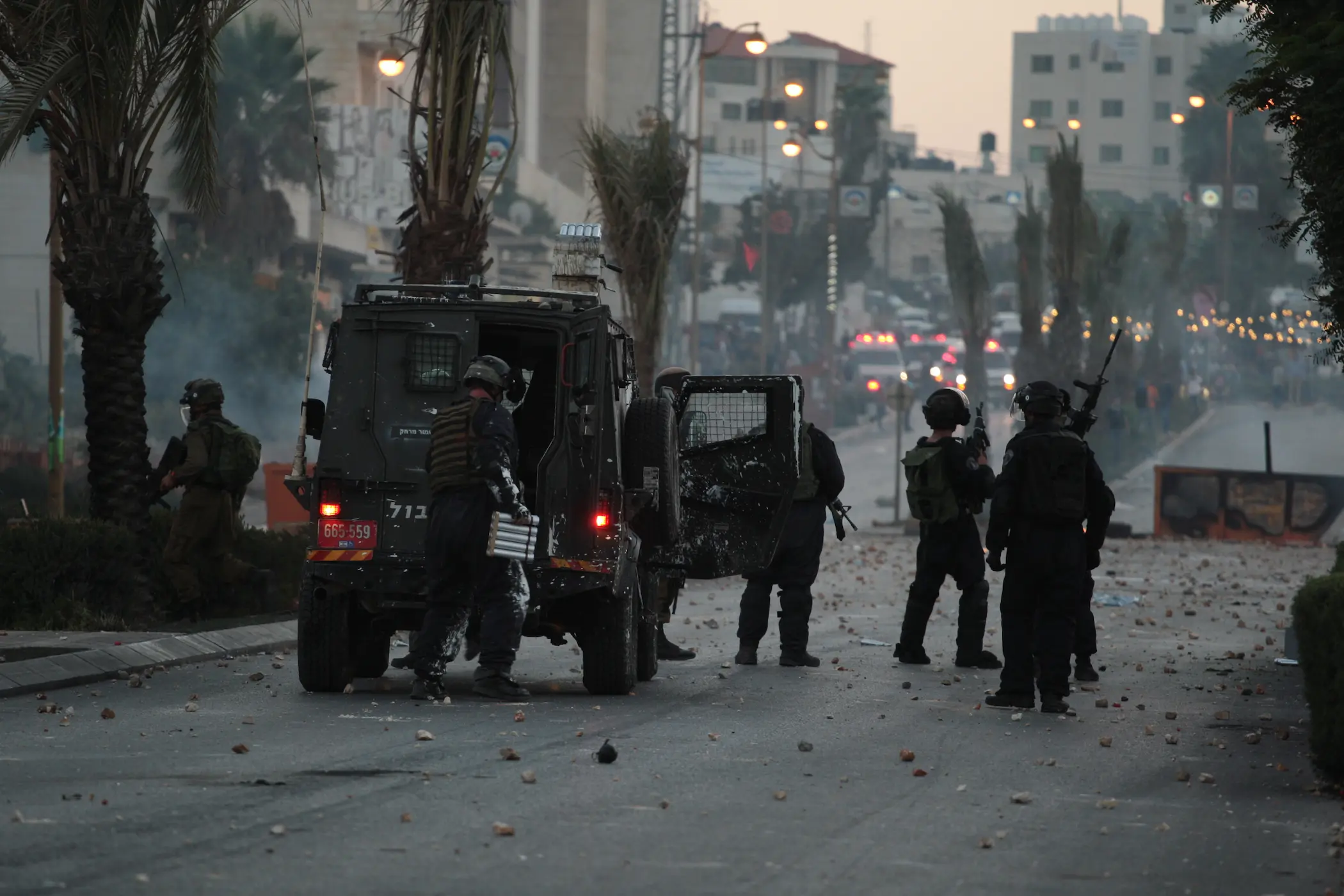




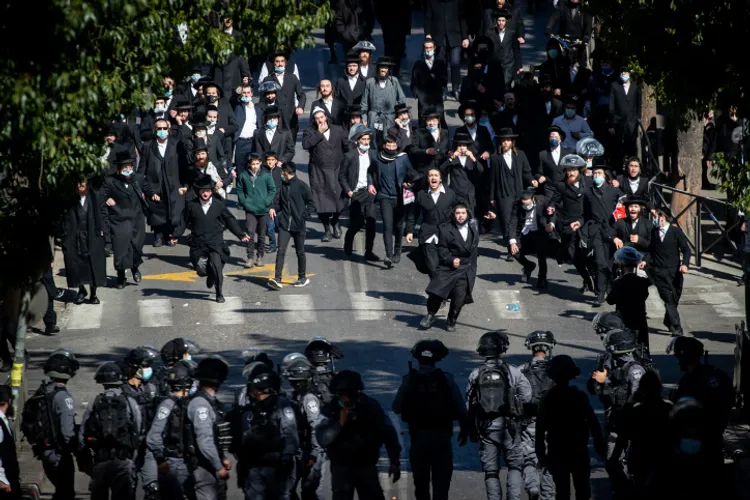
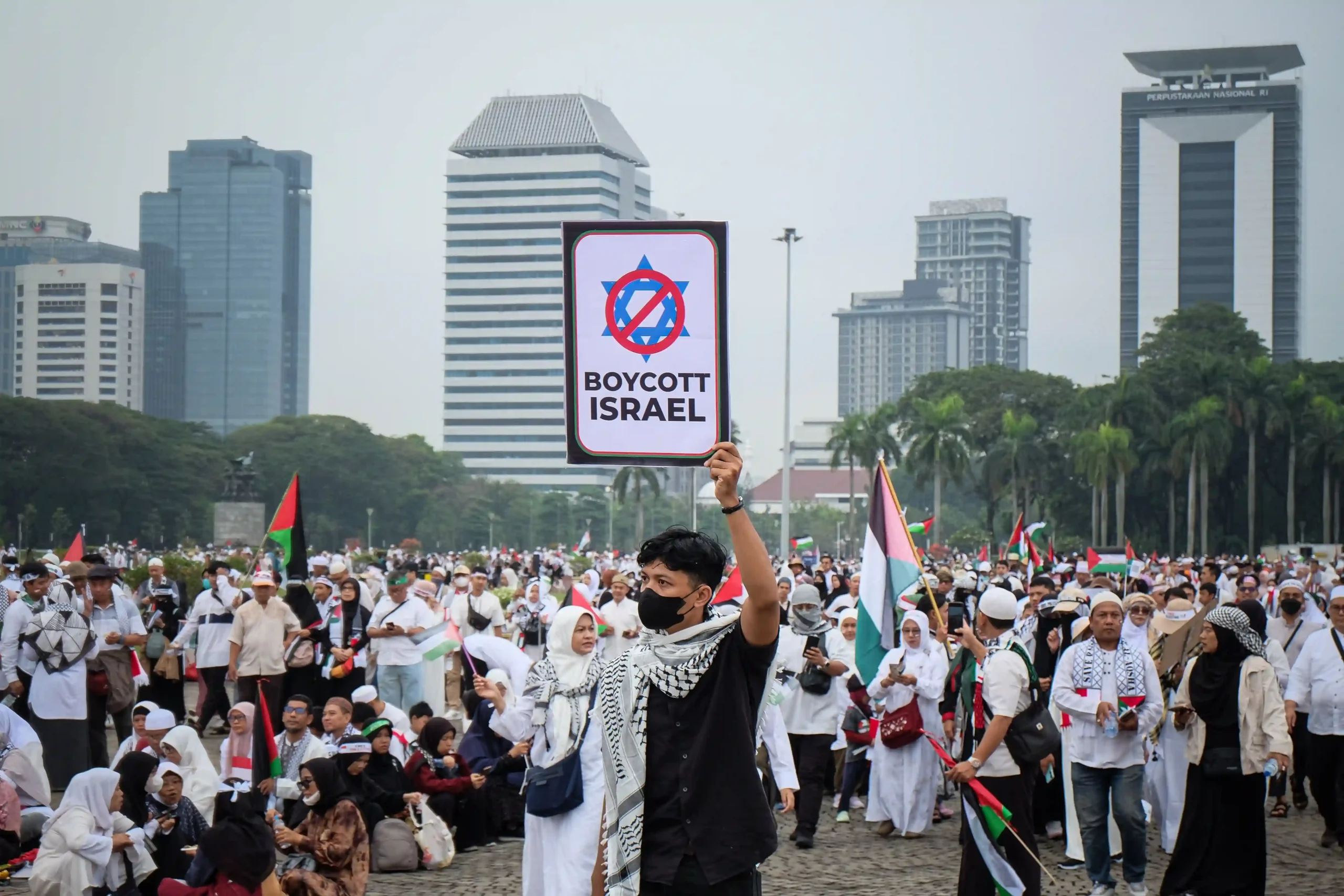

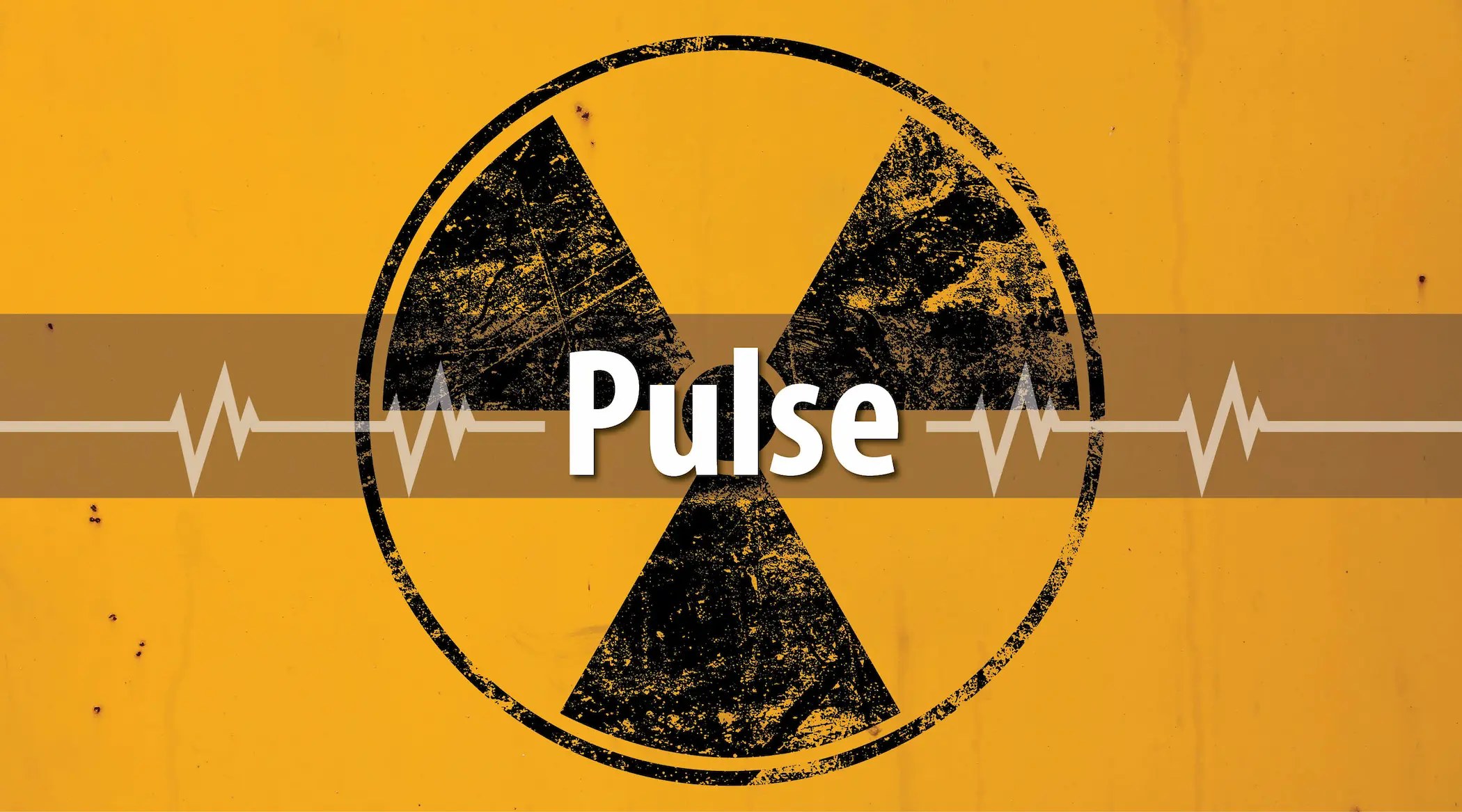

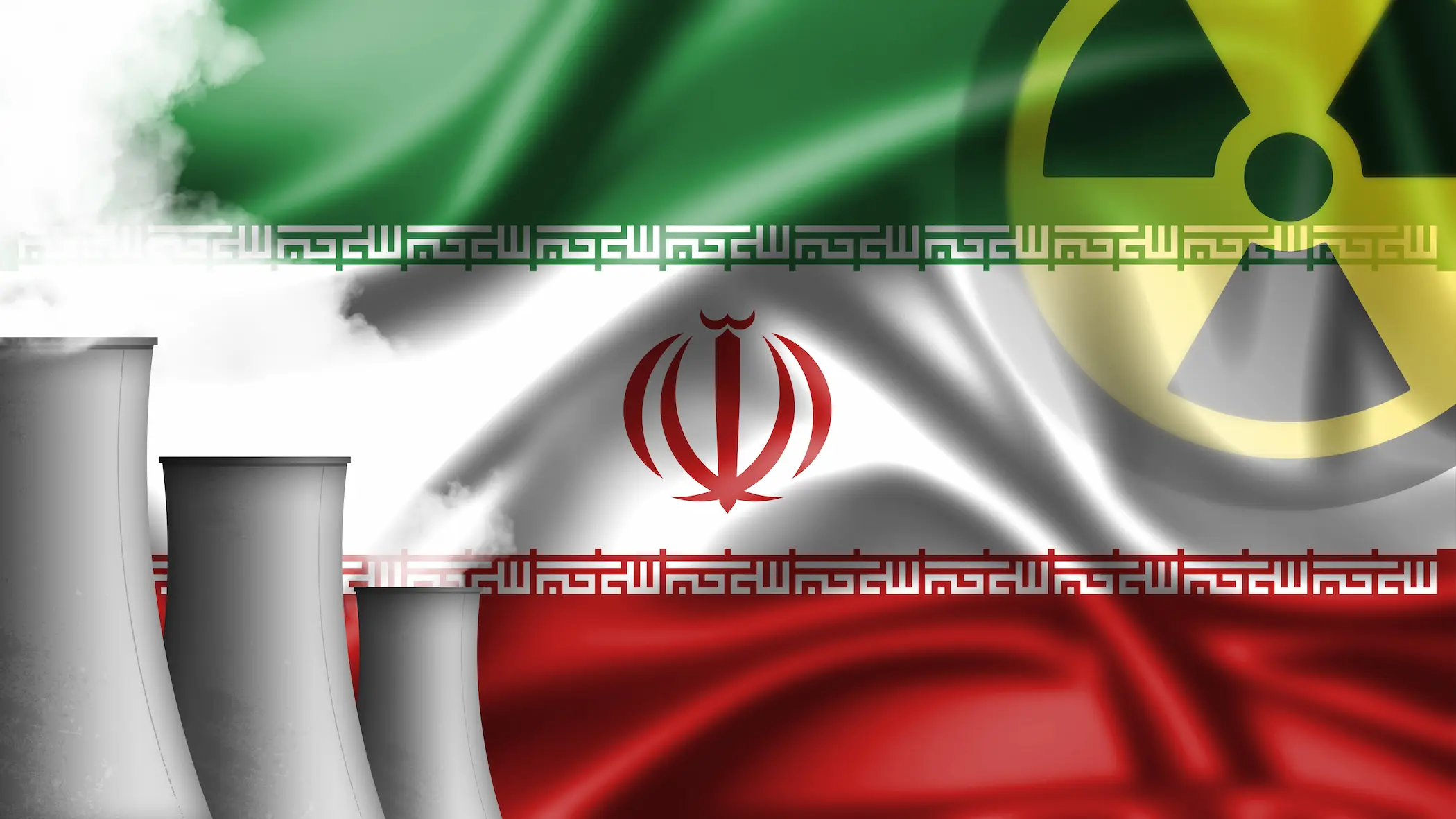
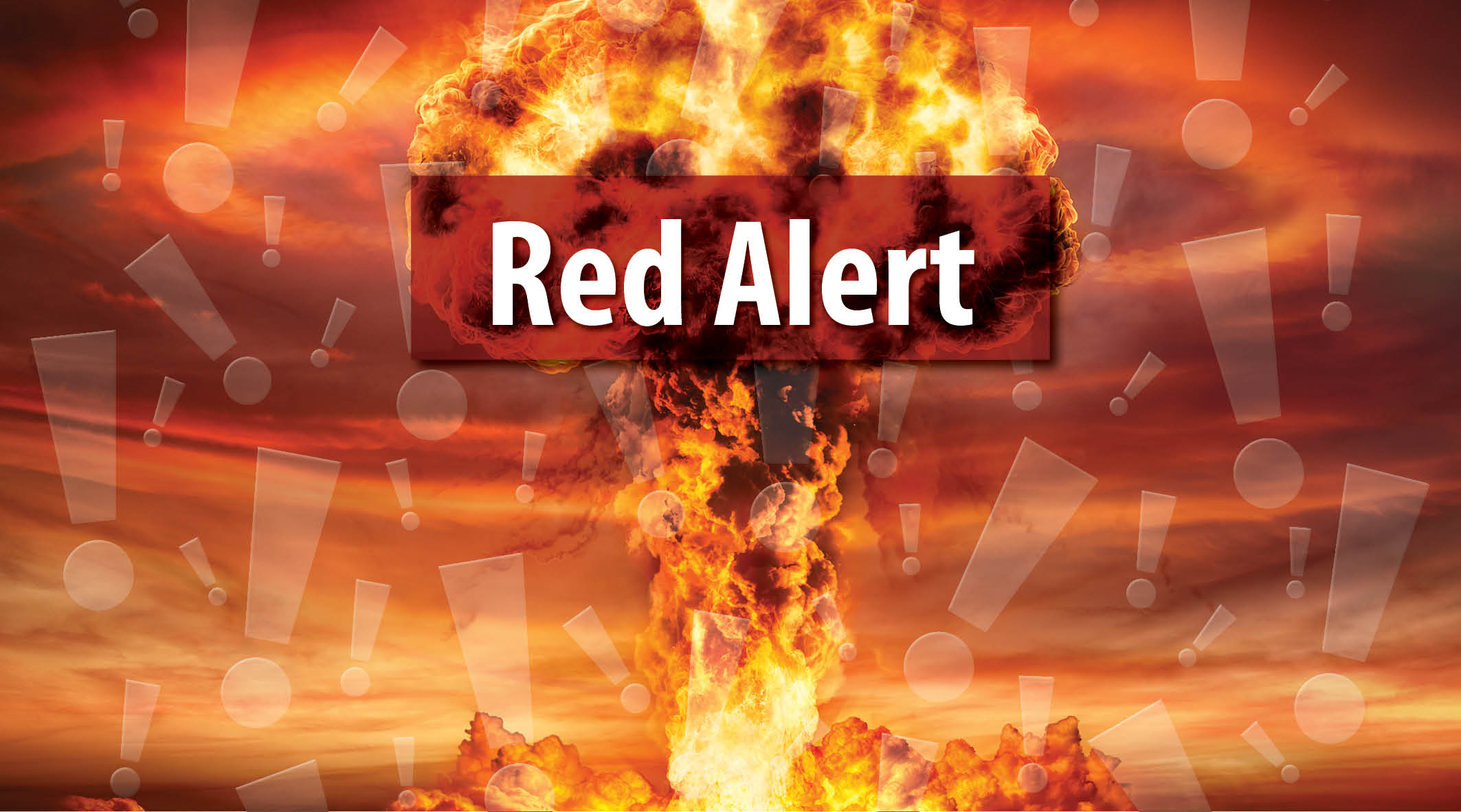
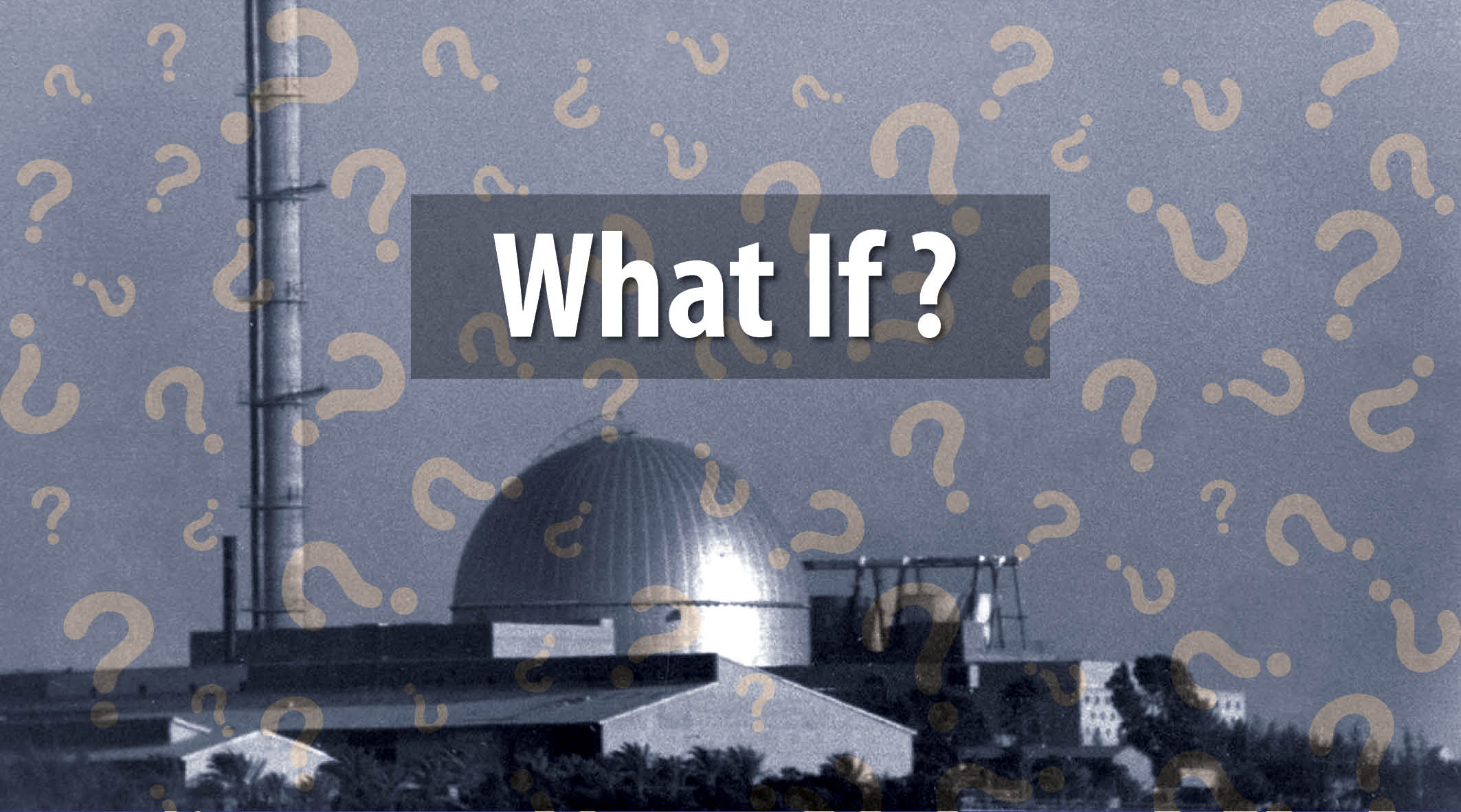
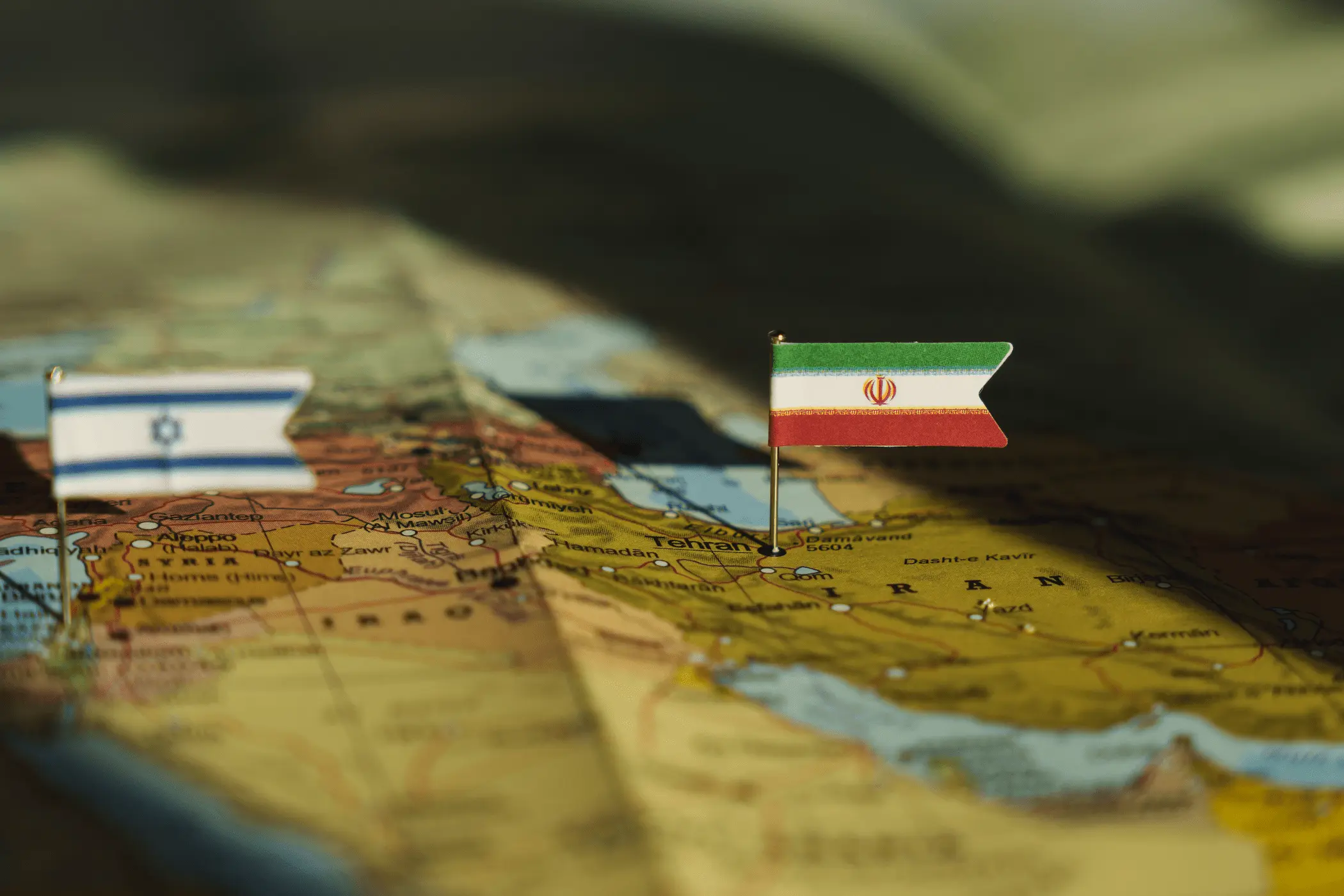
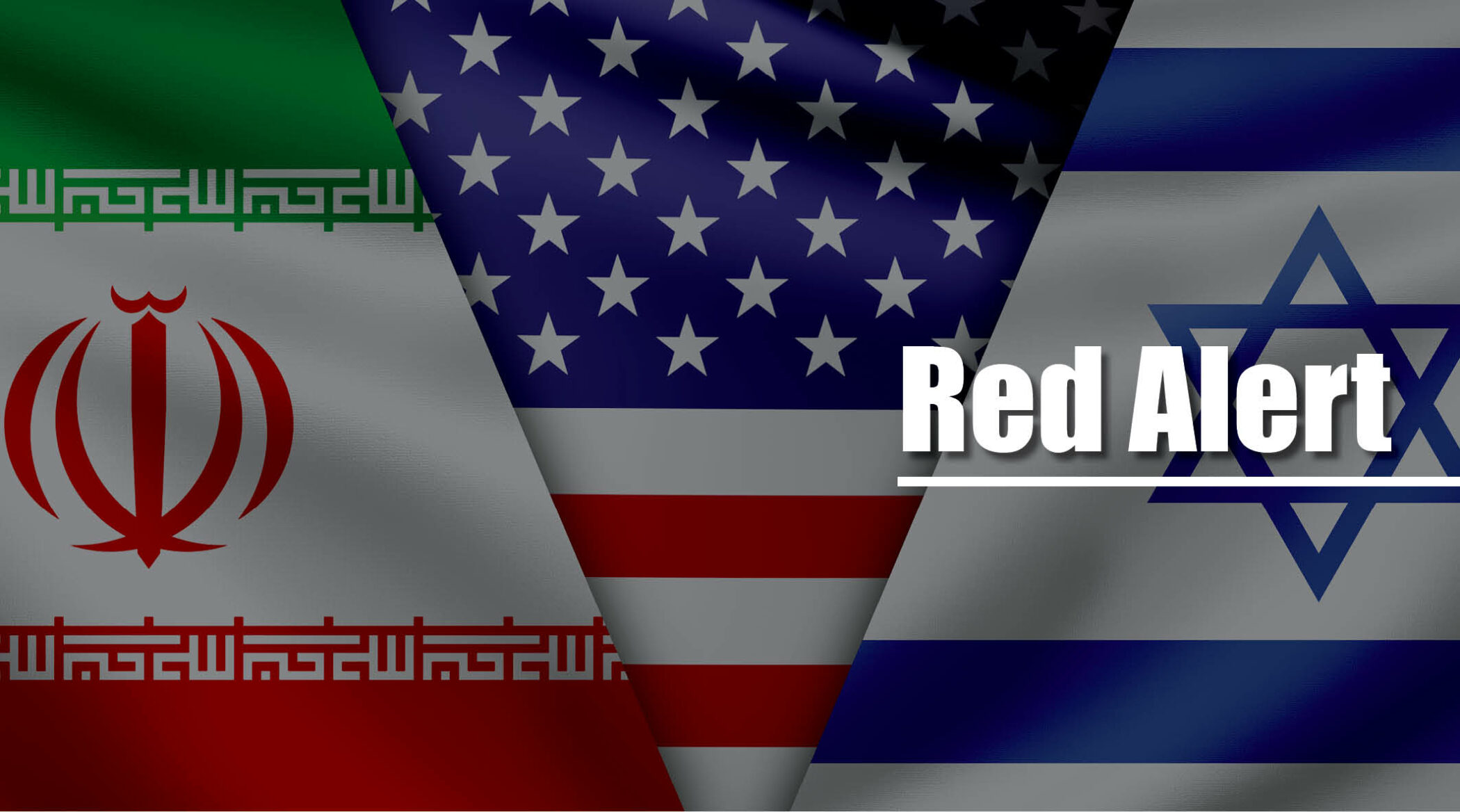
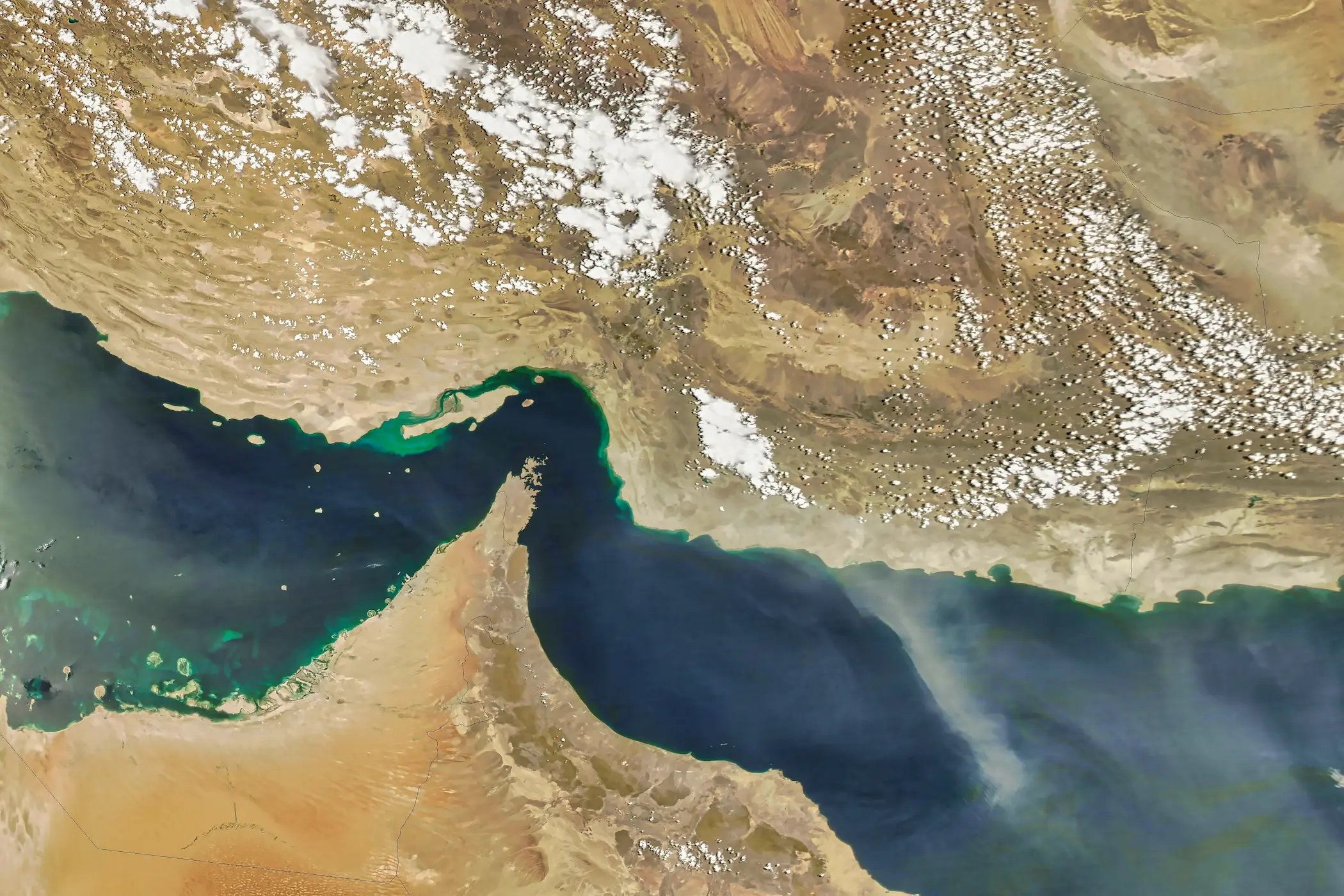
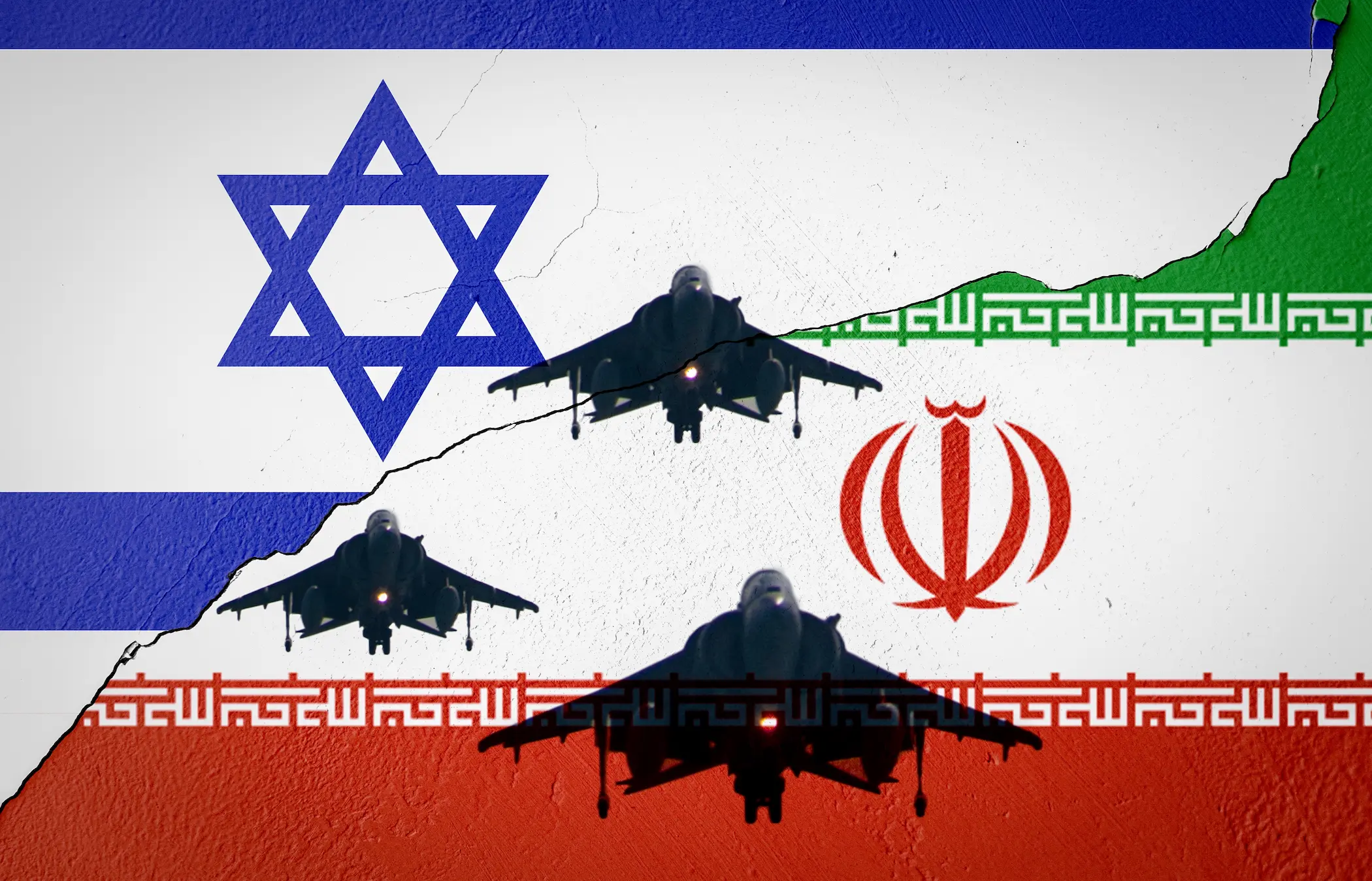


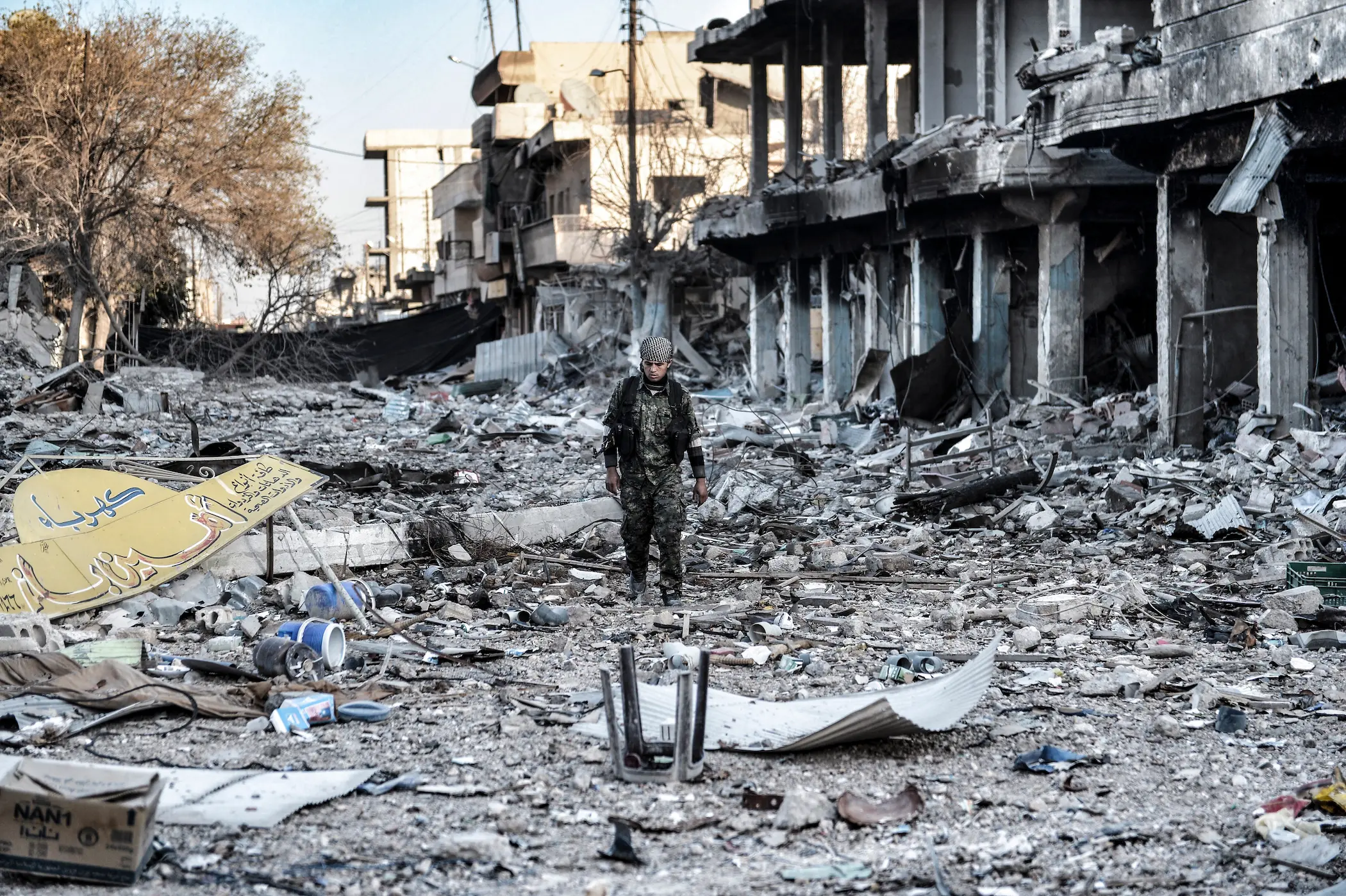
Comments